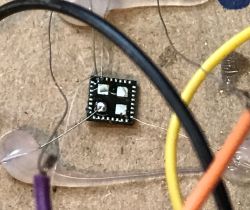I intend to install bistable relays for lighting for the whole house.
I would like to have a hotel function - one switch to turn off all the lights. FF has a hotel one, but it costs 2.5x as much as a regular one. There will be some of this so hence my question - how to separate the main switch from the room ones.
I would like to have a hotel function - one switch to turn off all the lights. FF has a hotel one, but it costs 2.5x as much as a regular one. There will be some of this so hence my question - how to separate the main switch from the room ones.





